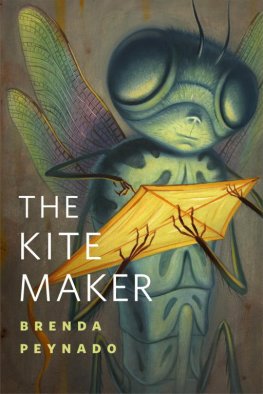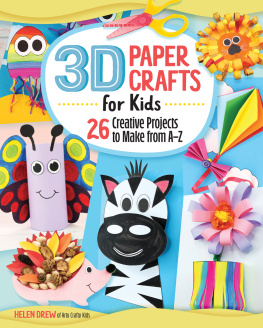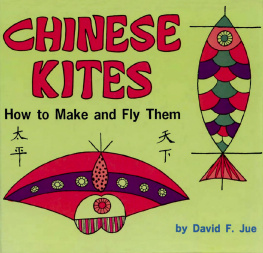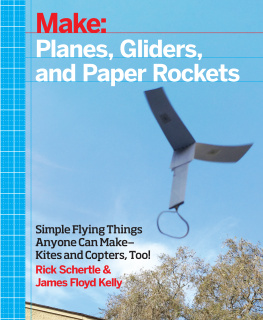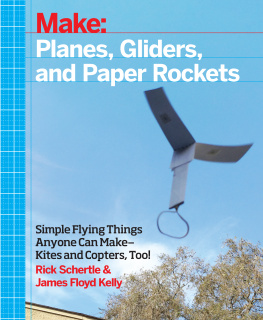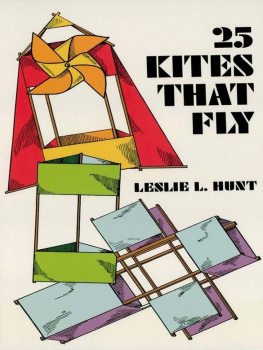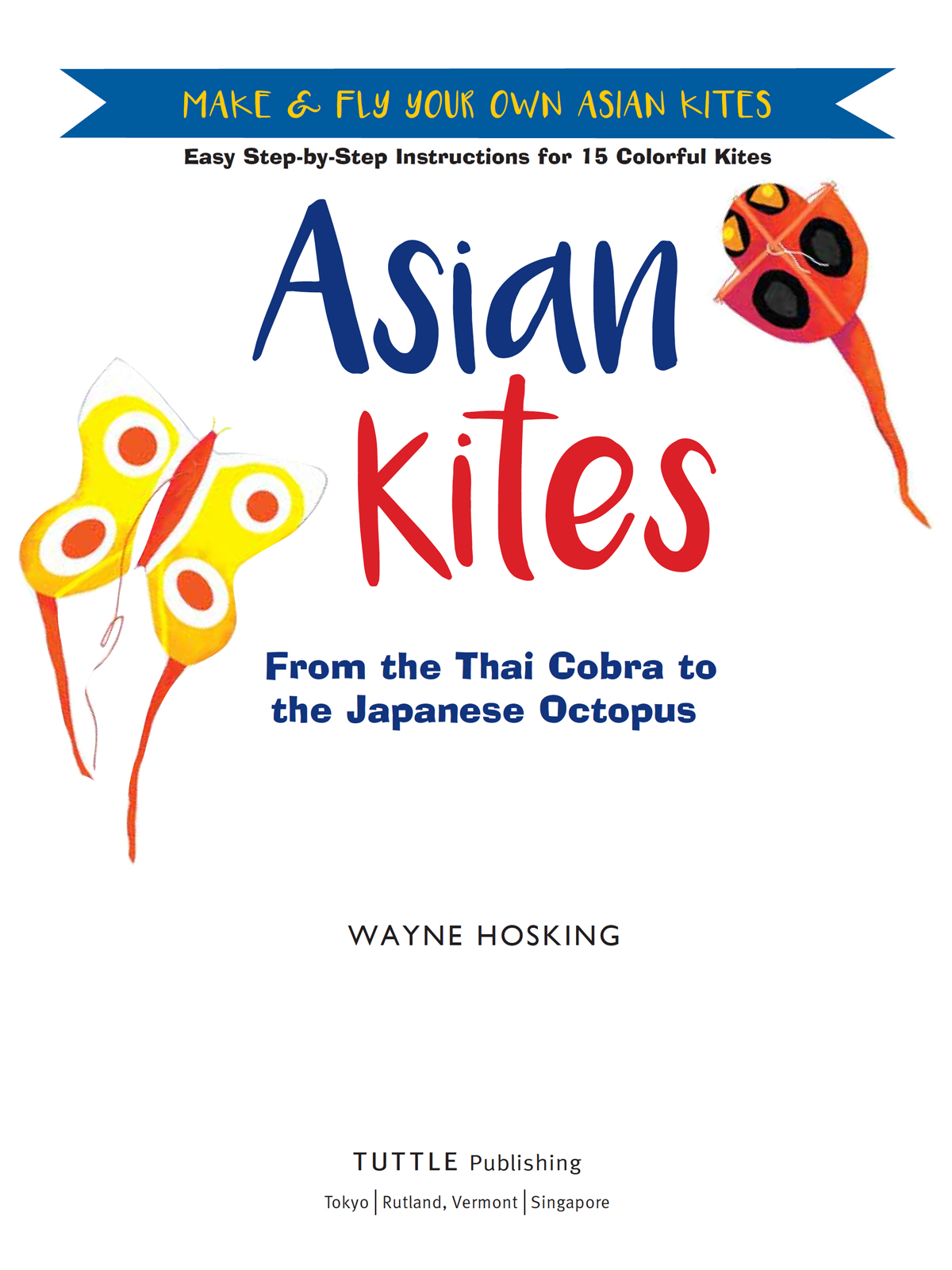
Kites from Around the World
W hile watching your creation dancing on the wind, do you ever wonder who flew the first kite? Did the first kite come about by accident, by intentional design, or, as some cultures believe, as a gift from the gods? Even though the answer is lost in the distant past, scholars believe the existence of kites dates back to between two and a half to three thousand years ago. Ancient kites once carried messagesin the form of special shaped kites, pictures, or other cultural symbolsfrom earthbound humans to the heavenly beings in celebration of births, prosperity, and to ask for blessings. Over the centuries even common people began to fly kites, and everyday pleasure replaced the religious significance attached to kite flying.
Up until recent times, China received credit for developing the kite. This has been generally accepted because the Chinese had an advanced civilization that included the written word, allowing them to record historical events. The Chinese have a number of theories for the conception of the kite. On the top of the list is a legend about Meng Chias bamboo hat being blown from his head by a sudden gust of wind. The farmer quickly raced after his hat, but was only able to grab an attached string. To his surprise, the hat kept on flying on its tether in the stiff breeze. The farmer enjoyed his flying hat and shared his discovery with the rest of his village.
A second theory begins with coastal villagers fascinated by large leaves blowing in the wind. They soon discovered that the wind could be harnessed by attaching lines to the leaves, producing a fun pastime. Even today, leaf kites exist in many parts of the world, from Indonesia to Japan.
A third theory claims that either a tent or sail became airborne in a strong wind, but remained tethered by its lines. People who observed the phenomenon were able to reproduce the results of the accident in the form of a kite.
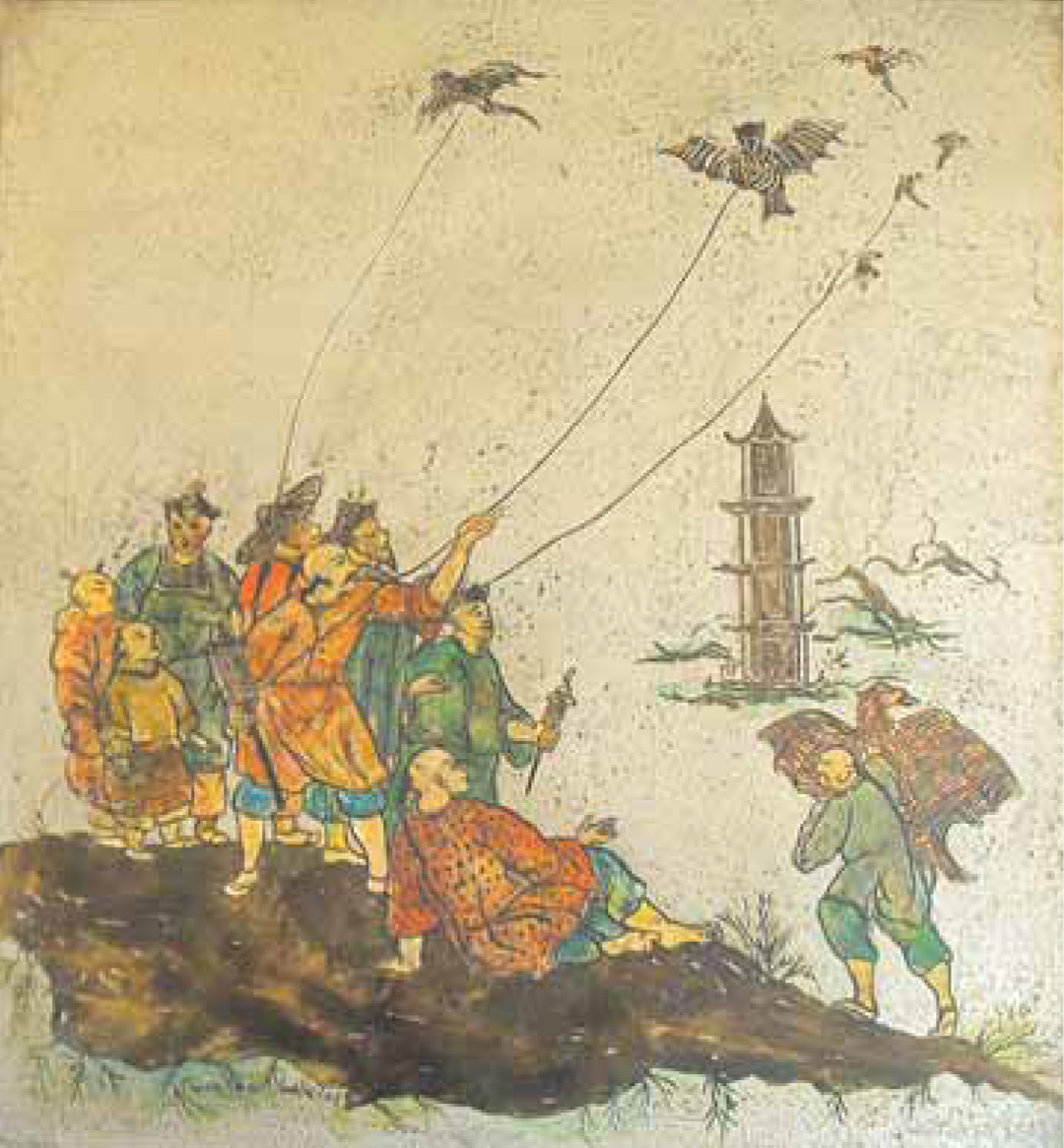
A bronze and pewter Chinese kite plaque by Philip LaVerne, New York. From the collection of Janet Hosking.
A fourth theory claims that kites came from mans desire to emulate birdssymbols of happiness and freedomthat hitched rides on local thermals. There is a Chinese tale about Mo Di (circa 400 b.c.), who spent three years perfecting his wooden bird-kite, called a muyuan, only to have it break after one day of flying.
Today, many kite enthusiasts believe that if materials and tools are the criteria for the development of the kite, then it is just as conceivable that kites originated in the region of the Malay Archipelago and adjoining Pacific Islands. Many of the Chinese theories for the discovery of the kite could just as easily have occurred in this part of the world. For example, since ancient islanders were renowned seamen, it is possible that kites originated from their experiences with sailing canoes. Also, their leaf and reed kites played roles in daily life, including fishing and making contact with the spirit of the wind. Similar kites existed as far away as Hawaii and New Zealand.
The Polynesians explain the origin of the kite as a contest between Rango and Tan, two brothers who were also gods. According to legend, the brothers liked to challenge each other in sibling rivalry, and one day they decided to see who could fly a man-made bird the highest. Each constructed his kite from leaves and they met on the beach. However, the luckless Tan flew his kite too close to a tree and it became entangled. In the meantime, Rangos kite flew high and free. In celebration, Polynesians dedicate the highest-flying kites to the honor of Rango, the god of war and peace, death, and kite flying.
Perhaps the Malays, or Pacific Islanders, and the Chinese independently discovered how to make and fly kites, since there is little in common between the leaf and silk kites from these diverse regional cultures. However, it is possible to notice similarities between a later Chinese fertility kite and the Malaysian wau, such as an association with the fertility of rice fields. These similarities may be coincidental or may have resulted from later contacts between the two regions.
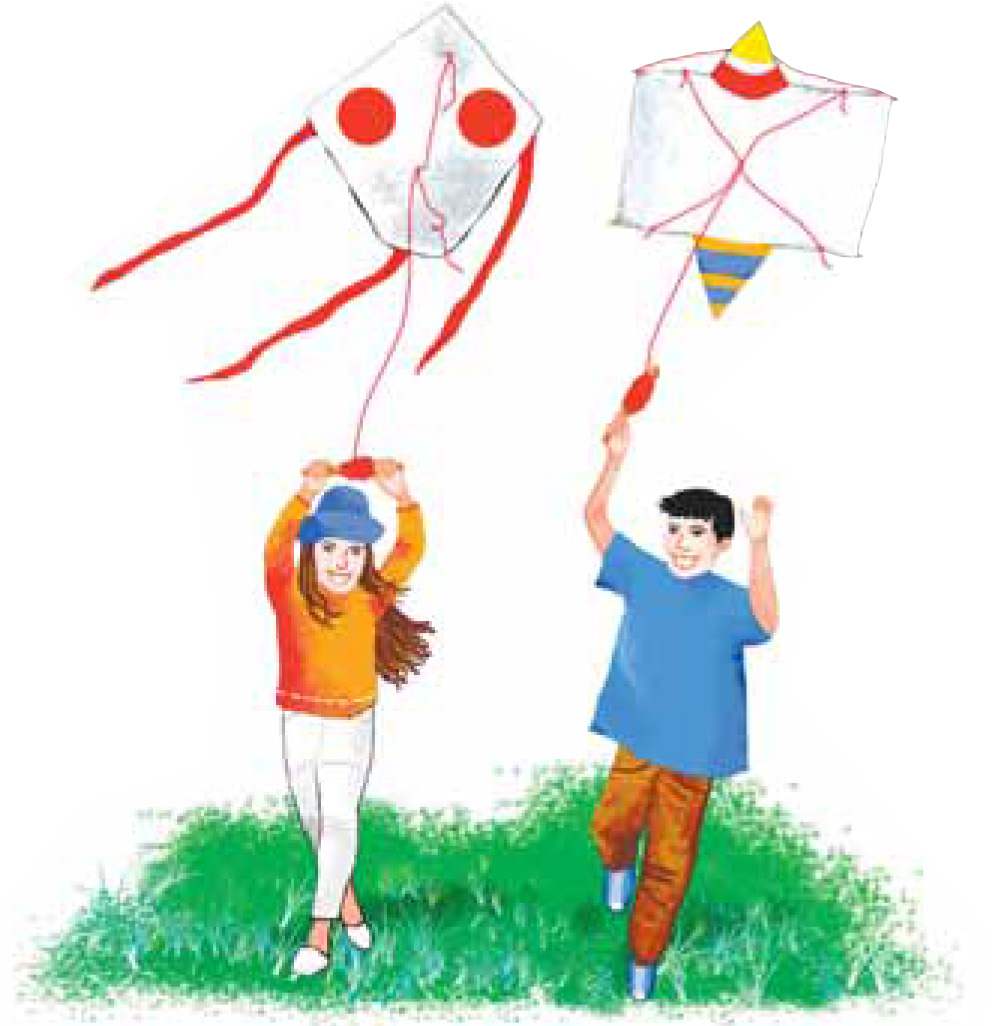
Flying kites with your friends is much more fun!
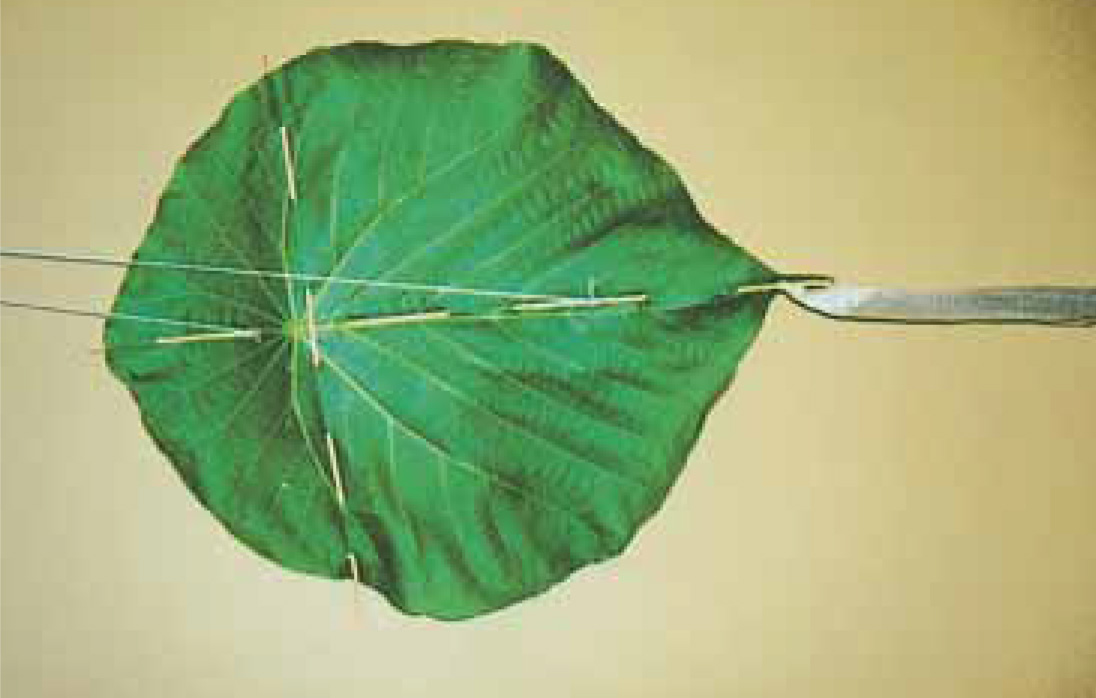
A leaf kite from Okinawa, Japan
Though the birthplace of the kite is a little unclear, the Chinese can at least take credit for spreading kites to the four corners of the world through trade. Stories of Chinese kite flying finally reached Europe in the thirteenth century, courtesy of Marco Polo, a Venetian trader and adventurer.
In the sixteenth and seventeenth centuries, Europeans found a sea route around the Cape of Good Hope and into the East Indies and China. These early traders brought back to Europe examples of kites that became childrens toys and objects of curiosity. However, by the eighteenth and nineteenth centuries, Europeans and Americans were using kites as tools for scientific studies of the natural elements, including developing flying machines. In the meantime, Asians were still flying kites to celebrate nature and the human spirit.
Today, Asian countries still keep in touch with their past and culture through kite festivals. Kite associations share their culture with new generations and the rest of the world. Many of the associations organize kite tours and look forward to receiving international visitors.
Making Your Own Asian Kites
K ite making can be a satisfying and fun experience for all ages. Once you know the basic terms and materials used, and how it all goes together properly, you will have a fun and uplifting experience. Further, all who gaze upon your flying creations can then share the results.
Materials and Parts of a Kite
Kites can be made of almost any material, from thin, veneered wood to feathers, as long as the wind is strong enough to lift the kites weight and the kite is aerodynamicthat is, it has a special shape allowing the object to fly. Asians traditionally make their kites from handmade paper and bamboo. However, bamboo is not readily available in the West and is hard to work with, and handmade paper tends to be expensive and so is mainly used in art in our part of the world. Consequently, the time-honored designs in this book feature materials readily available at craft and hobby shops or on the Internet. If you would like to use traditional materials, then adjustments may need to be made to the design to account for weight and flexibility. Just remember when choosing your materials that the heavier a kite is, the harder it is to fly, because excessive weight tends to make a kite unstable.
THE FRAME
(also called the spars or bones)
By supporting the sail, the frame helps form and keep the kites shape.
BASSWOOD or SPRUCE flat sticks make excellent kite spars because of their flexibility, strength, and weight. Basswood spars are available from craft and hobby shops.
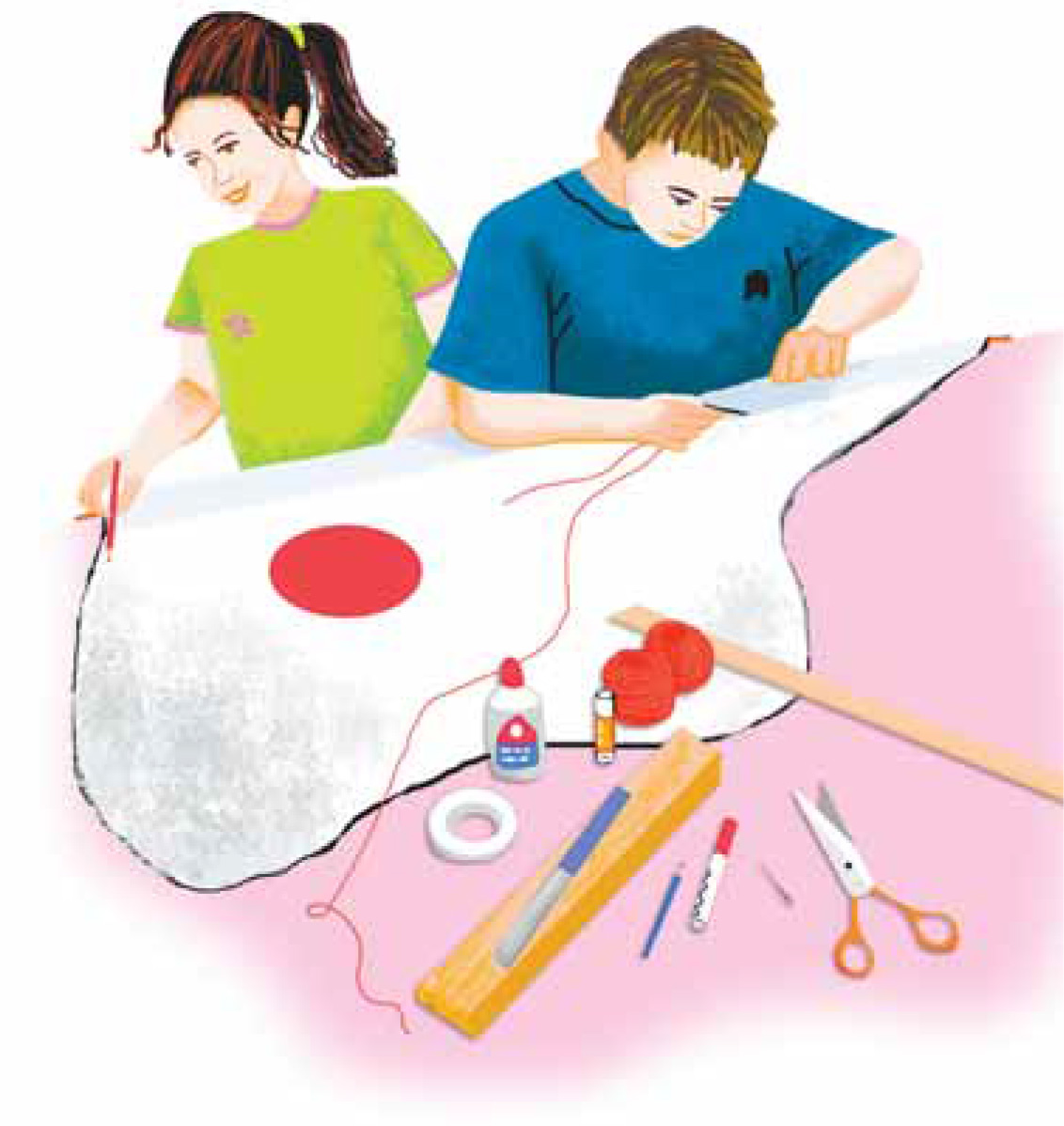
BALSAWOOD can also be used, but best suits small kites, for which weight, and not strength, is critical.
Next page

